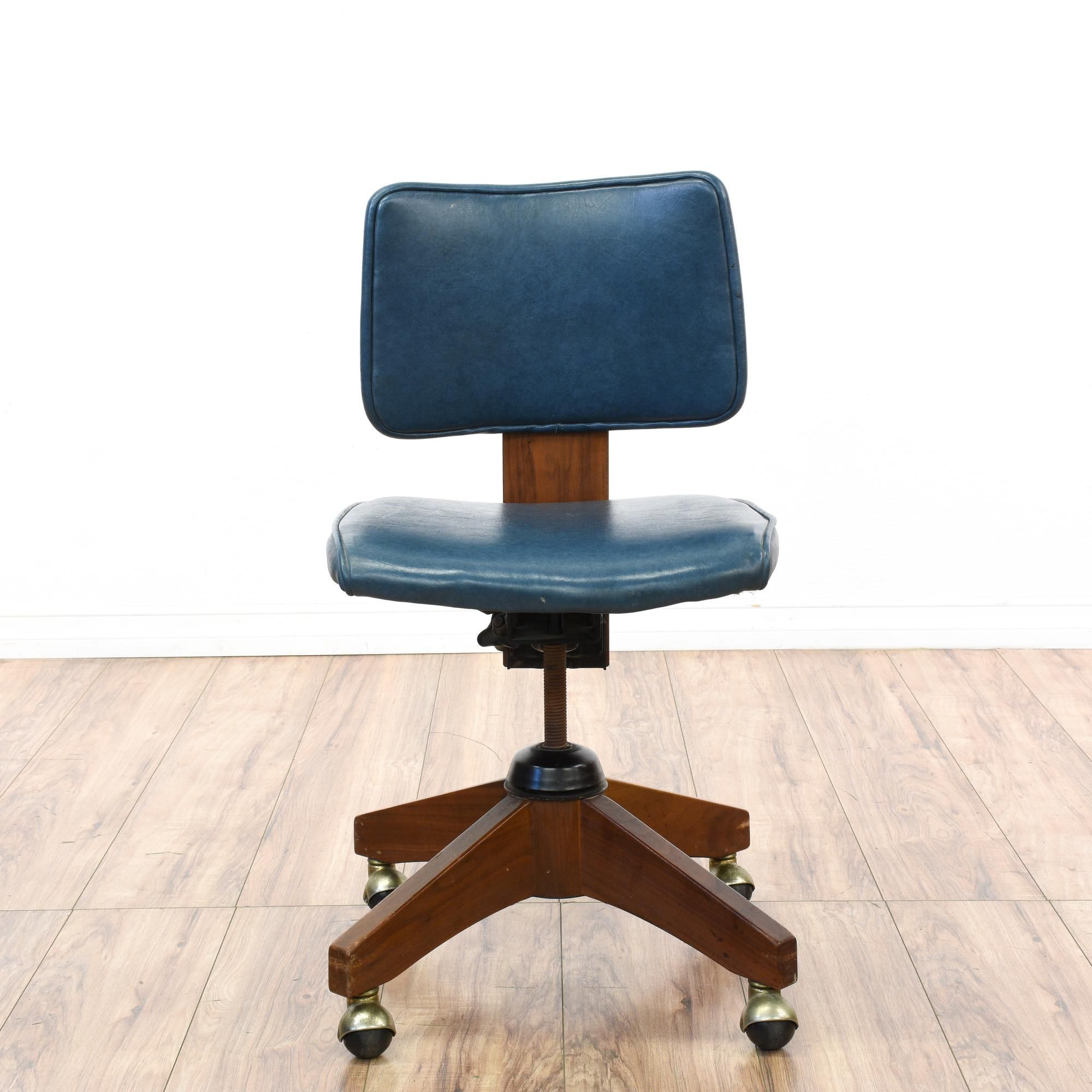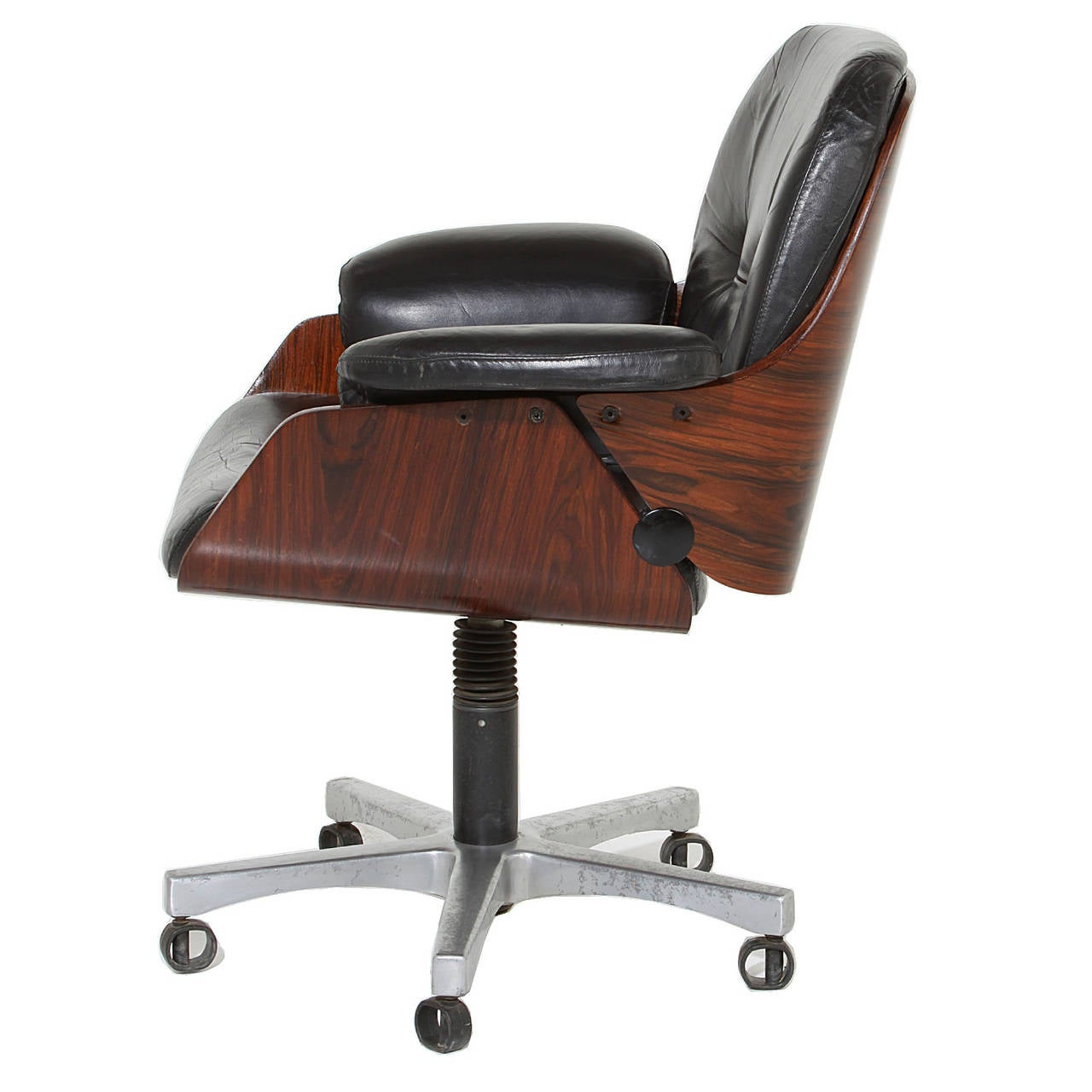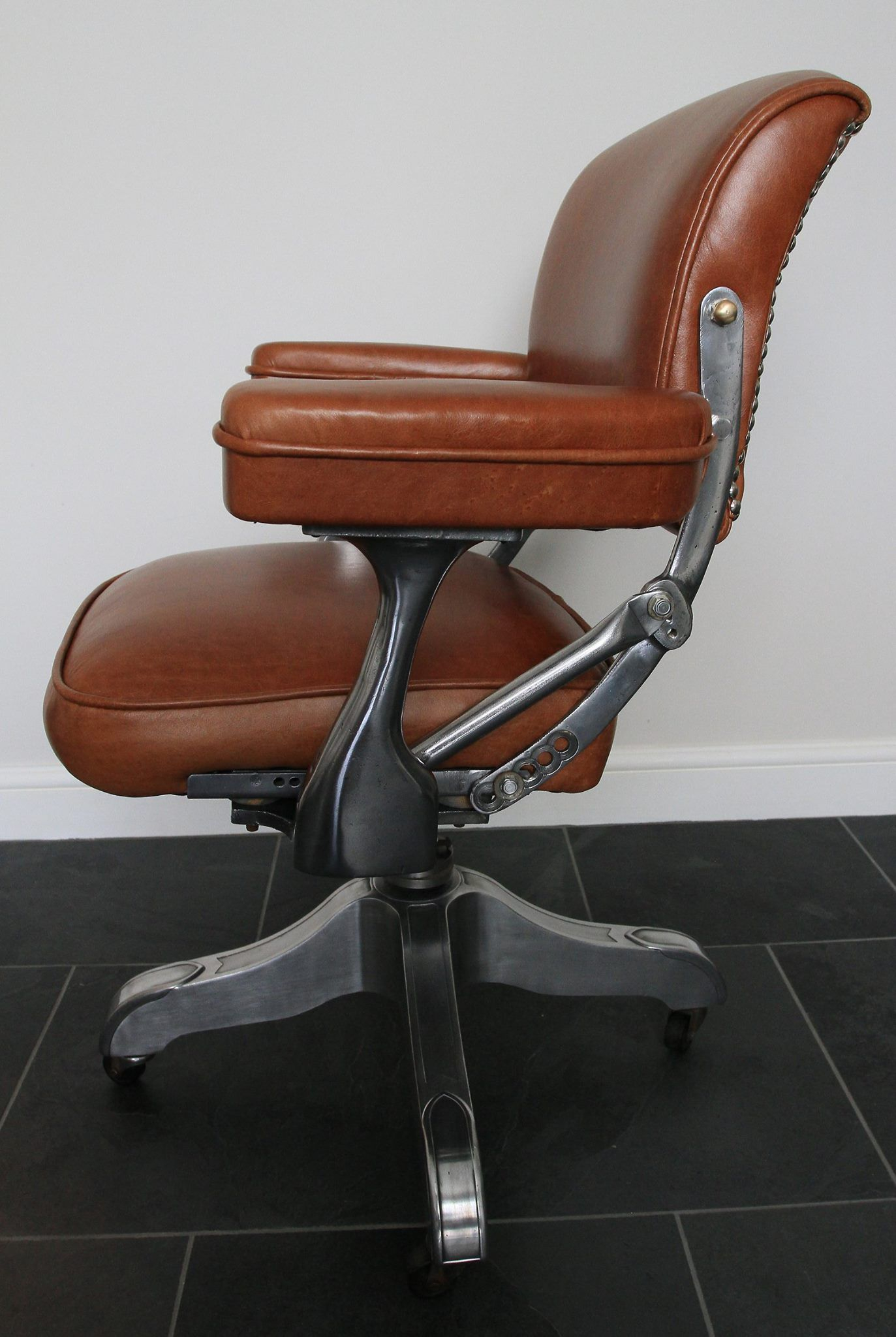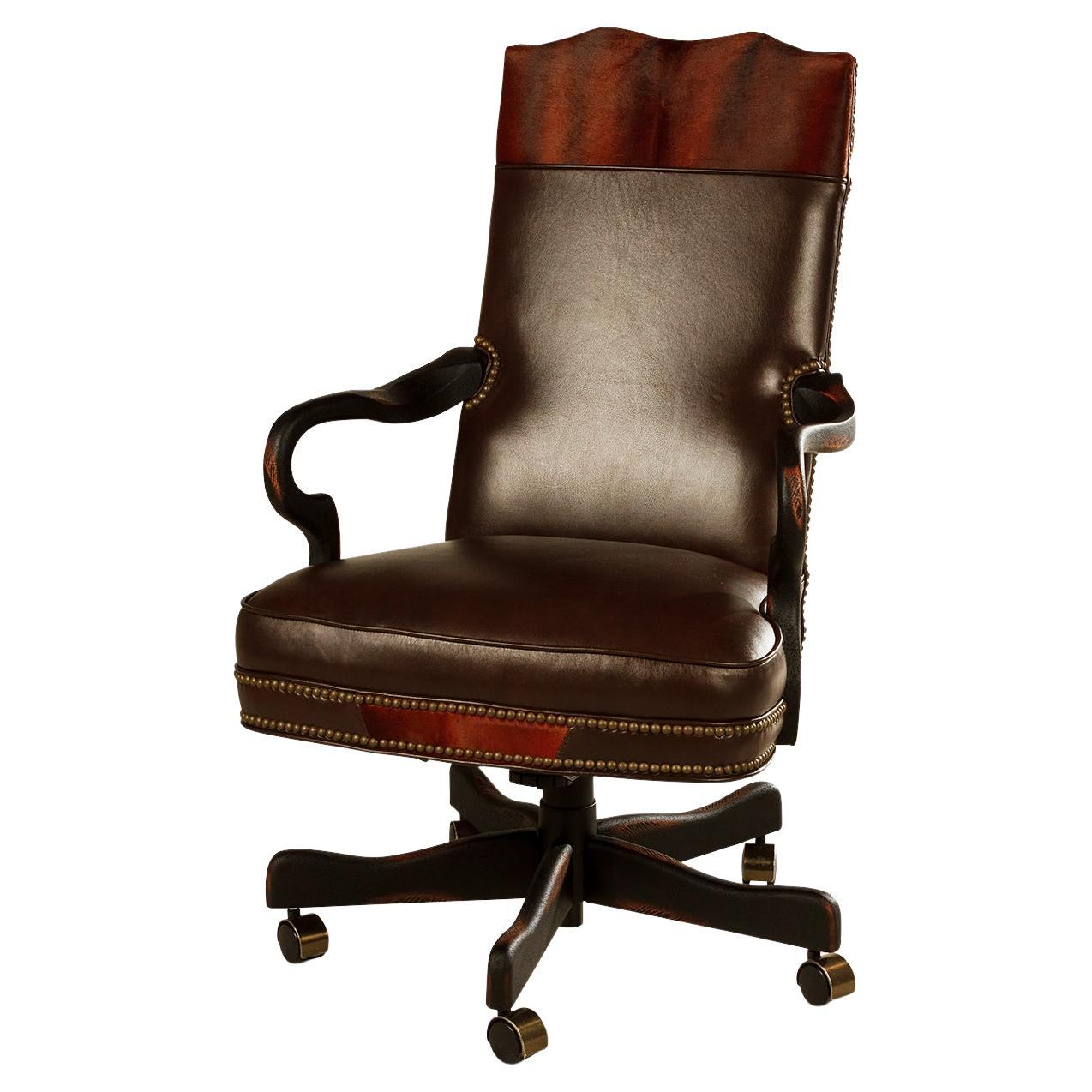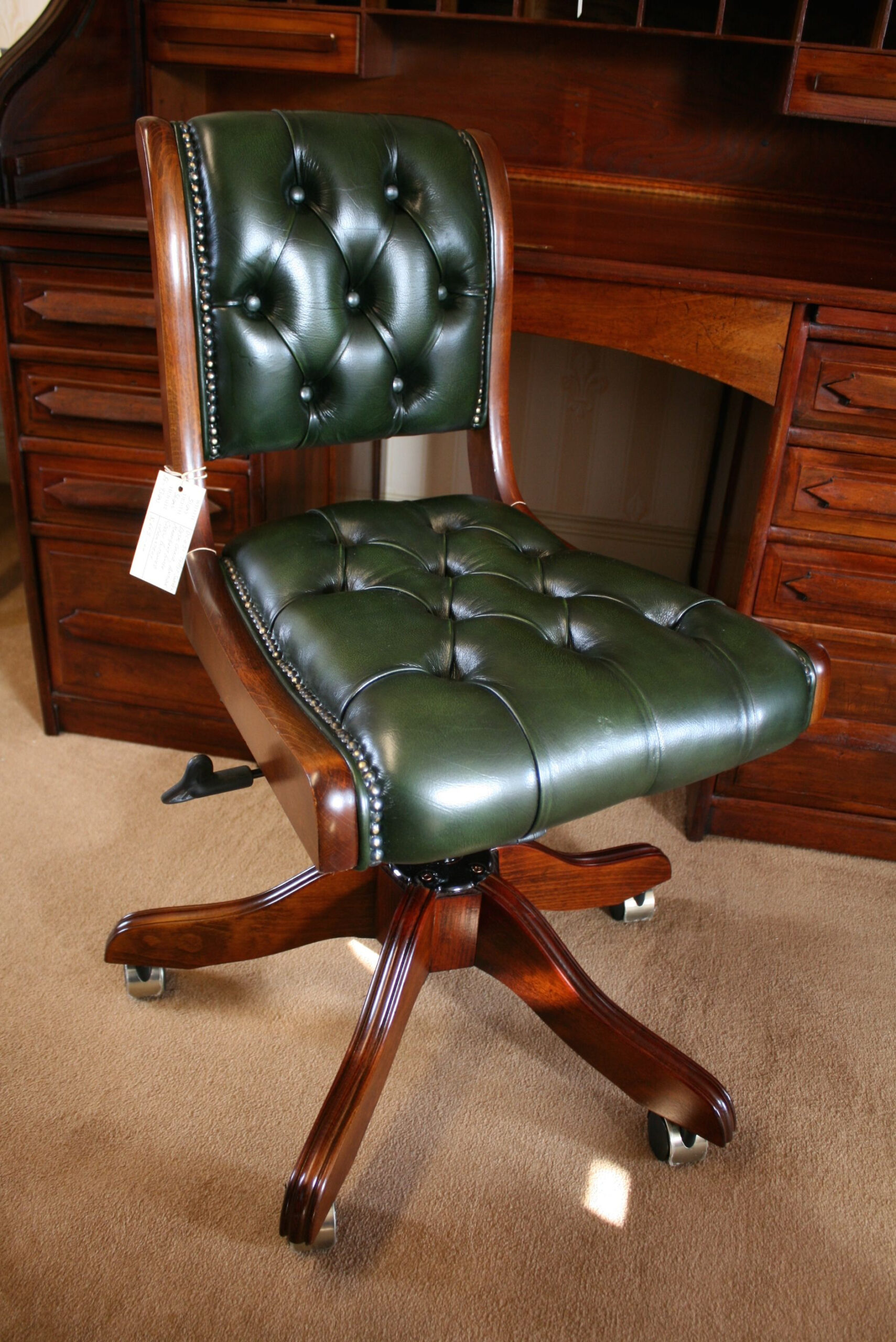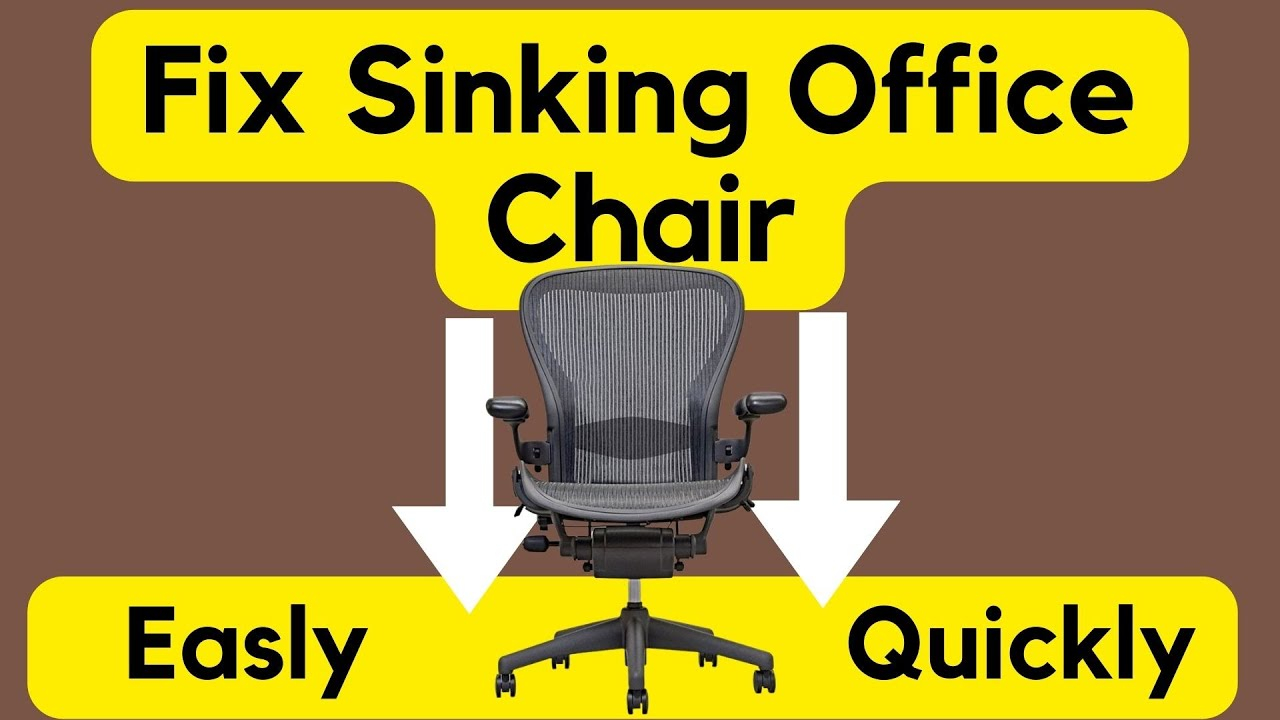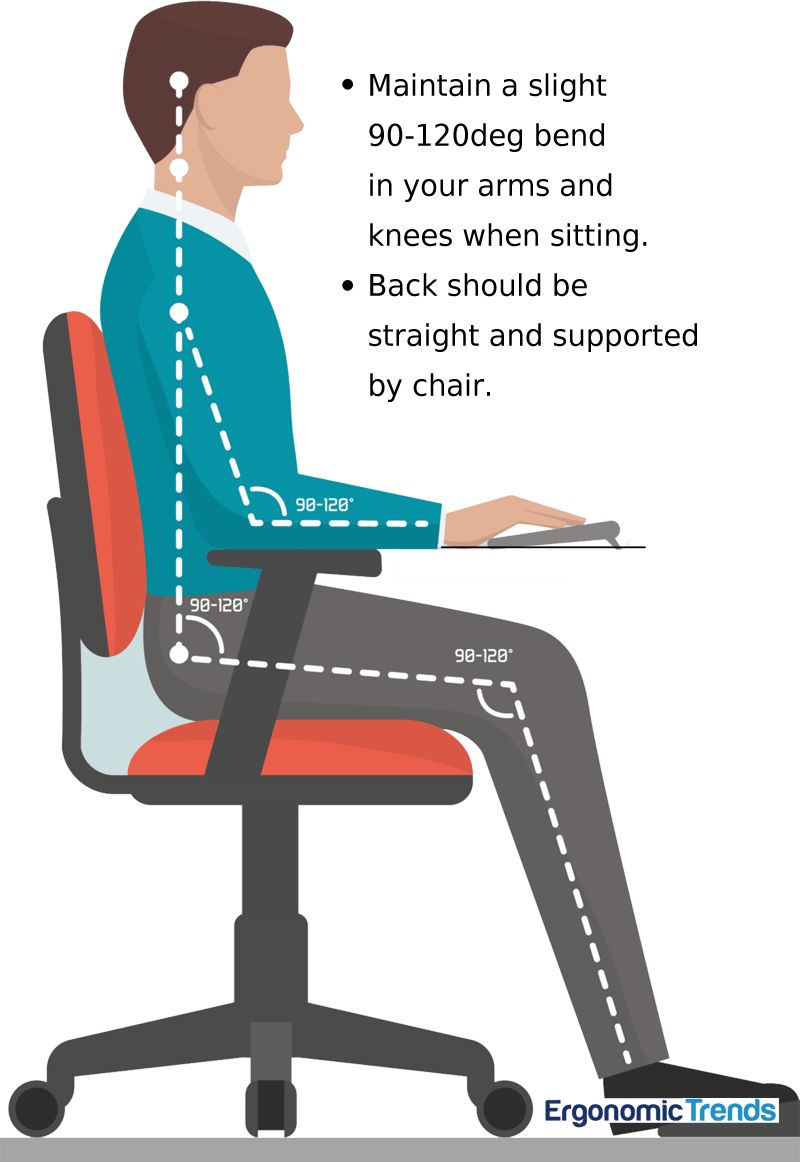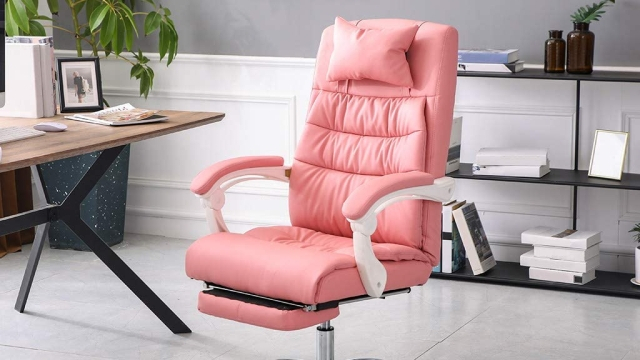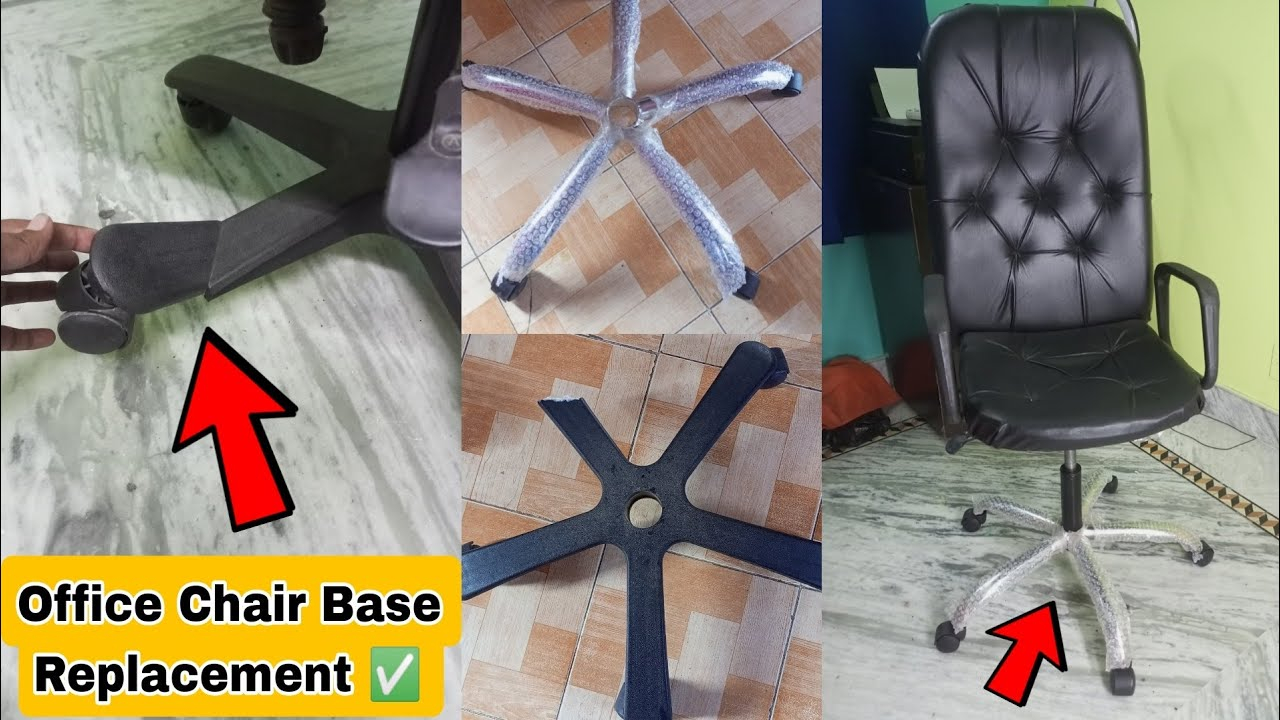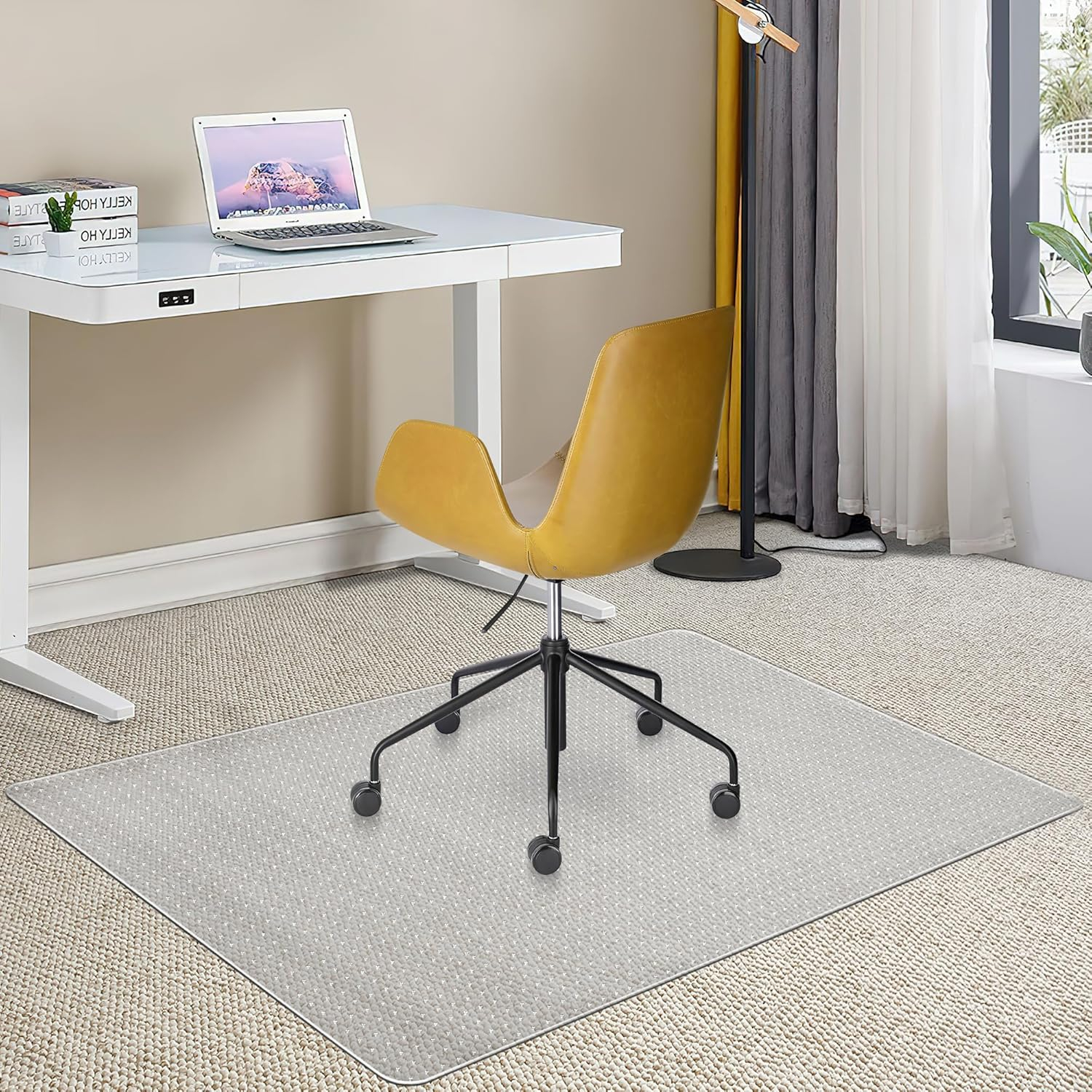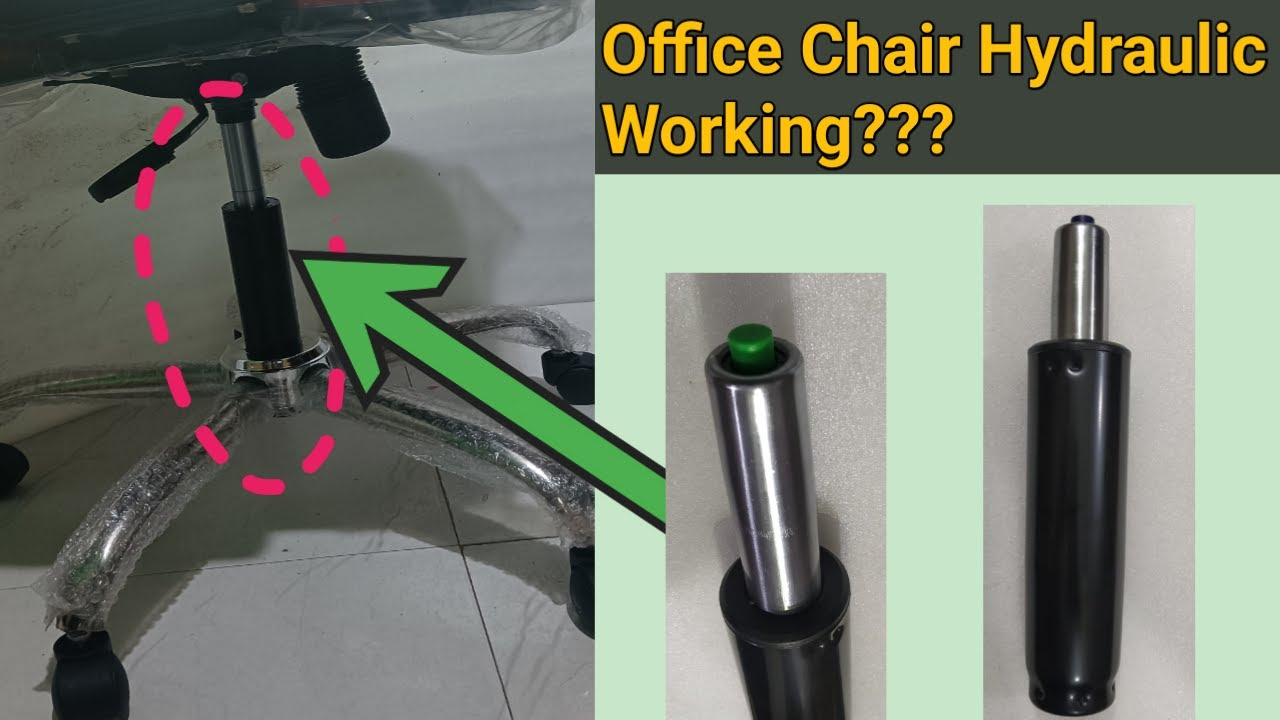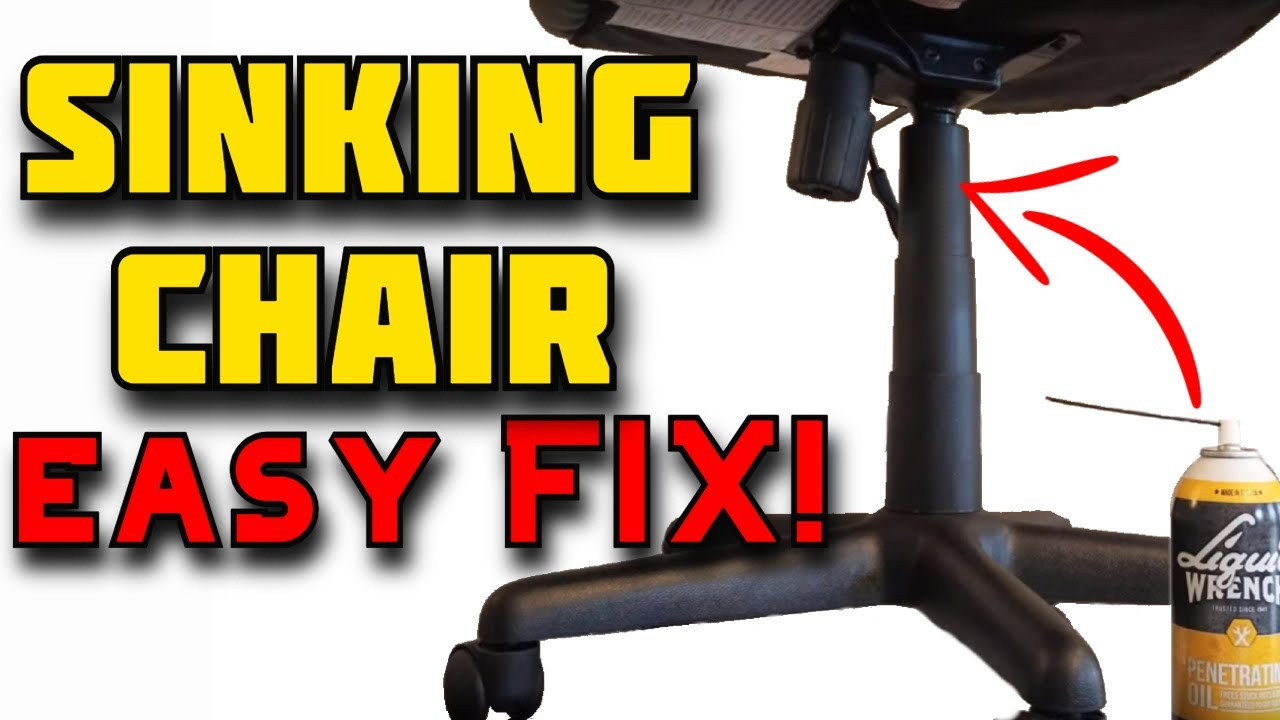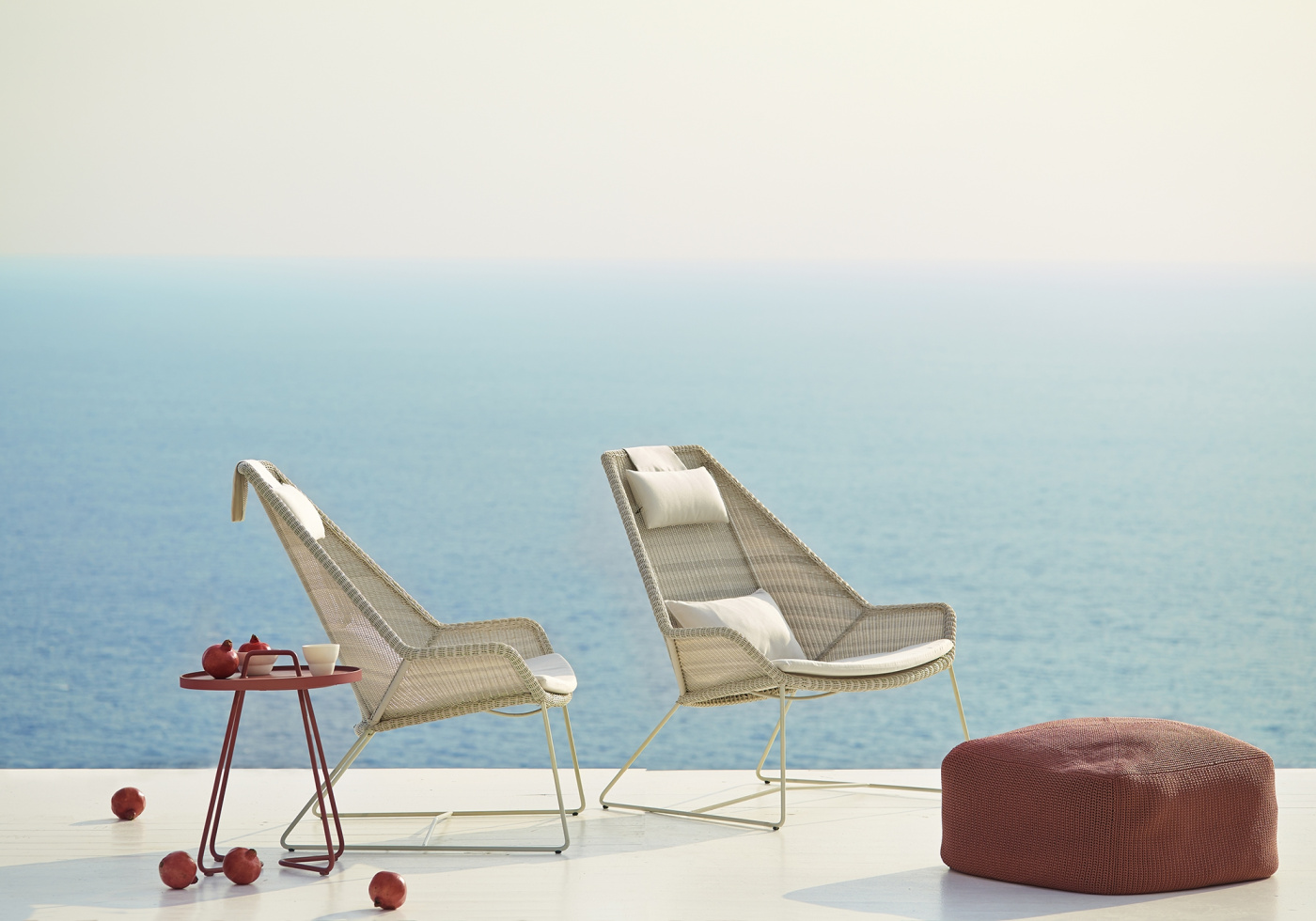In a world of ever-changing design trends, some things just stick around because they work. Classic office chairs are a perfect example. They’ve been a staple in workspaces for decades, and for good reason. They offer a blend of enduring style, reliable support, and a comfort that just seems to get better with age. But what exactly makes a chair ‘classic,’ and how do you navigate the options available today? Let’s dive in and uncover the enduring charm and practical wisdom behind these workspace veterans.
Walk into almost any well-established office, or even a stylish home study, and you’re likely to spot one: the classic office chair. It’s the kind of furniture that doesn’t scream for attention but quietly commands respect. Think of those sturdy, often leather-upholstered chairs with their supportive backs and smooth-rolling casters. They’ve seen us through countless deadlines, brainstorming sessions, and maybe even a few desk naps. But their appeal isn’t just about nostalgia; it’s about thoughtful design that prioritizes well-being and productivity. In this guide, we’ll explore what makes these chairs so special and help you find one that’s just right for you.
What Defines a ‘Classic’ Office Chair?
When we talk about classic office chairs, we’re generally referring to designs that have stood the test of time. These aren’t fleeting fads; they’re pieces that have proven their worth. Often, they feature a robust construction, with a sturdy five-star base for stability and smooth-gliding casters for easy movement. The upholstery might be rich leather, durable fabric, or sometimes even a combination. Key elements often include:
- Ergonomic Foundation: While not always boasting the complex adjustability of modern chairs, classics were among the first to incorporate principles of ergonomic support, focusing on lumbar comfort and proper posture.
- Durable Materials: Quality craftsmanship and materials like solid wood, metal, and high-grade upholstery mean these chairs are built to last, often for many years, even with daily use.
- Timeless Aesthetics: Their design language is usually understated and elegant, fitting seamlessly into a variety of office decors, from traditional to contemporary. They possess an inherent sophistication that never really goes out of style.
- Adjustability (Basic to Moderate): While perhaps not offering every possible tweak, classic chairs typically provide essential adjustments like seat height and tilt, allowing users to find a comfortable position.
The Ergonomic Advantage: Why Support Matters
It’s easy to overlook the importance of a good chair until your back starts to ache. Classic office chairs, even those designed many years ago, often incorporated key ergonomic principles that are still relevant today. Proper lumbar support, for instance, is crucial for maintaining the natural curve of your spine. Many classic designs feature distinct backrests that curve inwards to cradle the lower back.
Think about it: you spend hours sitting at your desk. A chair that supports your body correctly can make a world of difference. It can help prevent slouching, reduce strain on your neck and shoulders, and even improve circulation. While newer chairs might have more bells and whistles, the fundamental need for solid back support and comfortable seating remains the same. A well-designed classic chair meets this need admirably, providing a stable and supportive foundation for your workday.
Material Matters: Leather vs. Fabric and Beyond
The materials used in a classic office chair significantly influence its look, feel, and durability. Leather is often the go-to for a reason. It’s luxurious, develops a beautiful patina over time, and is remarkably resilient. High-quality leather can withstand years of use and is relatively easy to clean, though it can be warmer in hotter climates.
Fabric upholstery offers a different kind of comfort. It’s generally more breathable than leather, making it a great choice if you tend to feel warm. Fabrics come in a vast array of textures and colors, allowing for more customization. Durability here depends on the weave and quality of the fabric.
Other materials you might encounter include high-quality vinyl, which can offer a leather-like look at a more accessible price point, and mesh, which is exceptionally breathable and often found in more modern interpretations of classic designs. When choosing, consider your personal comfort preferences and the environment where the chair will be used. For instance, a busy home office with kids might benefit from an easily wiped-down material like leather or a durable synthetic.
Key Features to Look For
When you’re on the hunt for a classic office chair that will serve you well, keep these features in mind:
- Adjustable Seat Height: This is non-negotiable. You need to be able to adjust the chair so your feet are flat on the floor and your knees are at about a 90-degree angle. Most classic chairs have a pneumatic lift for this.
- Lumbar Support: As we’ve discussed, good lower back support is vital. Look for chairs with a pronounced curve in the backrest that aligns with your spine’s natural contour.
- Swivel and Casters: The ability to swivel 360 degrees and roll smoothly on casters is a hallmark of office chairs, allowing for greater mobility and ease of movement around your workspace.
- Padded Armrests: While some prefer the freedom of an armless chair, padded armrests can provide crucial support for your arms and shoulders, reducing fatigue. Ensure they are at a comfortable height.
- Tilt Mechanism: A tilt function, allowing the backrest to recline slightly, can be a lifesaver. It lets you change your posture throughout the day, which is great for circulation and reducing stiffness. Some chairs offer a basic tilt, while others have a more advanced synchro-tilt where the seat and backrest move in conjunction.
Finding the Right Fit: Your Personal Comfort
Ultimately, the ‘best’ classic office chair is the one that feels best for you. What one person finds supportive and comfortable, another might not. It’s a bit like finding the right pair of shoes; personal fit is paramount.
Before you buy, try to test chairs if possible. Sit in them for a few minutes. Does the back support feel right? Are the armrests at a good height? Is the seat cushion comfortable, offering support without being too hard or too soft?
Consider your height and weight. Some chairs are designed for specific body types. If you’re particularly tall or short, or have specific back issues, you might need to look for chairs that cater to those needs, even within the classic style. Don’t be afraid to read reviews from people who have similar body types or concerns to yours. Many reputable manufacturers offer warranties, which is a good sign of their confidence in their product’s longevity and comfort.
Caring for Your Classic Chair
Investing in a quality classic office chair means you’ll want to keep it in good condition for years to come. Proper care isn’t complicated, but it does require a little attention.
- Regular Cleaning: For leather, use a leather conditioner periodically to keep it supple and prevent cracking. For fabric, vacuum regularly to remove dust and debris. Spot clean spills immediately according to the manufacturer’s instructions.
- Check Moving Parts: Occasionally, check that the casters are free of debris and roll smoothly. Ensure that adjustment levers are functioning correctly.
- Avoid Excessive Weight: While built to be sturdy, always be mindful of weight limits specified by the manufacturer.
- Placement: Try to avoid placing your chair in direct sunlight for extended periods, as this can fade upholstery and degrade materials over time, especially leather.
The appeal of classic office chairs isn’t just about their appearance; it’s about the enduring promise of comfort, support, and durability. They represent a time-tested approach to workspace design that prioritizes the well-being of the user. By understanding what makes these chairs so special – their thoughtful construction, ergonomic considerations, and quality materials – you can make an informed choice that will benefit your productivity and comfort for years to come. So, whether you’re setting up a new office or upgrading your current space, don’t underestimate the timeless comfort and quiet elegance that a classic office chair can bring. It’s an investment in your workspace and, more importantly, in yourself.

